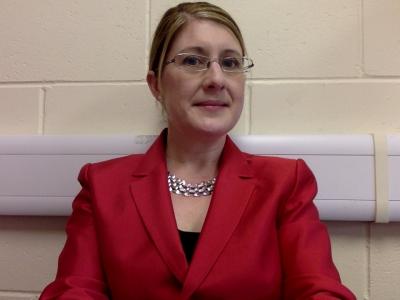
Professor Jemina Napier (Heriot Watt / IASH Fellow): Can the kids just be kids? Hearing kids’ and deaf parents’ views on sign language brokering
Some children act as ‘language brokers’ between their parents and members as minority language users and majority language users within public institutions (Antonini, 2010). Children interpret for their parents in a wide range of settings, regardless of the availability of professional interpreters, and young people have mixed feelings about their experiences, sometimes feeling empowered and at other times burdened (Orellana, Dorner & Pulido, 2003). These are also the experiences of children with deaf parents, who broker between their signing deaf parents and the hearing majority who use a spoken language. These people are often referred to as Codas (Children of Deaf Adults) (Preston, 1994) or People from Deaf Families (PDFs) (Napier, 2014). This seminar will give an overview of a study conducted in England in collaboration with the organisation ‘CODA UK & Ireland’ and ‘Deaf Parenting UK’.
The study involved the facilitation of a visual methods workshop with 17 young hearing children who have deaf families who use sign language at home, and separately with 11 deaf parents.
The workshop involved stimulating discussion with participants by showing them a video clip (that went viral on YouTube) of a young Person from a Deaf Family signing a Christmas concert for her parents to gauge their responses about whether it was appropriate and then to relate it to their own brokering experiences. The children were then provided with a range of arts and crafts materials and asked to create artwork that represented how they feel about language brokering. The parents were showed the same stimulus video, but then were provided with a range of photographic images and asked to select an image that most closely represented how they feel about language brokering in their family and in general and to explain why they chose that photo.
Then drawing upon vignette methodology that has been used with children brokering between spoken languages in schools (Crafter, et al, 2015), the children and parents were also asked to respond to a series of case studies of children brokering in different contexts and to discuss their reactions.
This presentation will give some insight into the findings from each group. The children conveyed a strong desire to cooperate and to be helpful, but that they perceived clear boundaries about what was appropriate. The deaf parents noted a tension between allowing their children to help, wanting to ask for help, and wanting their children to just be children.
